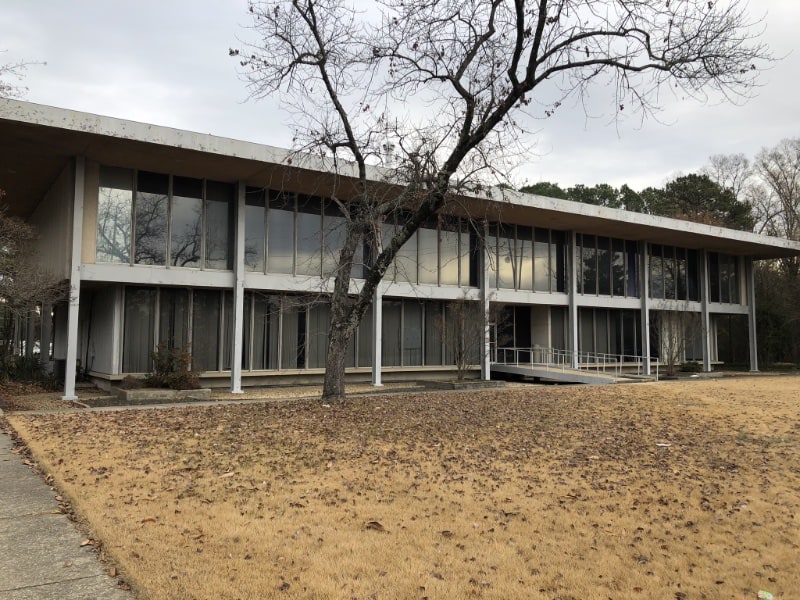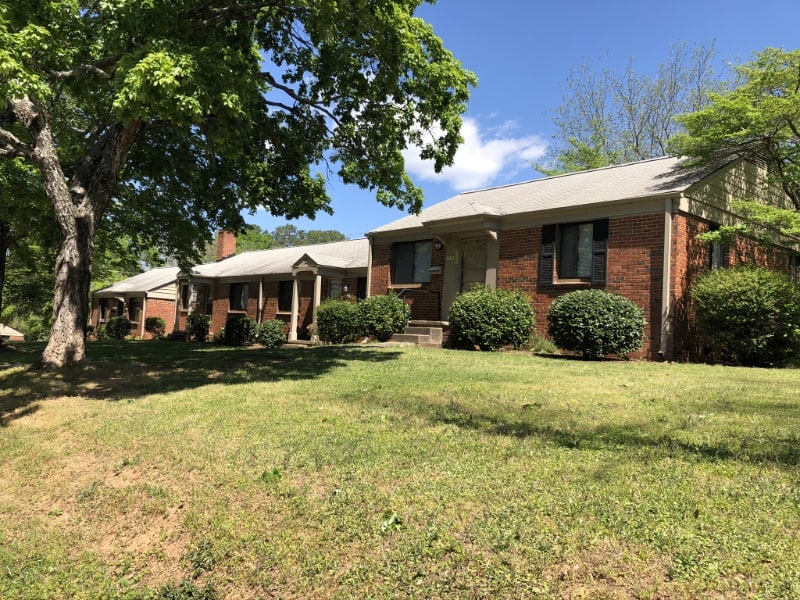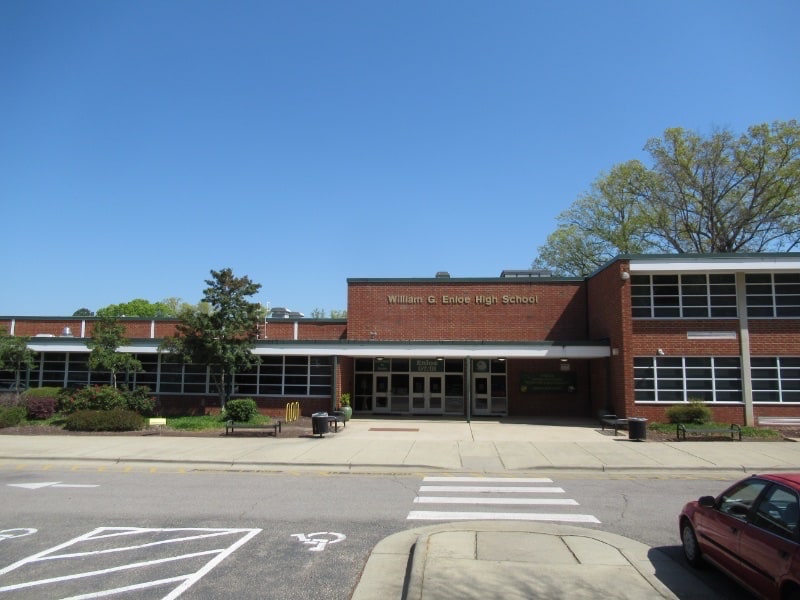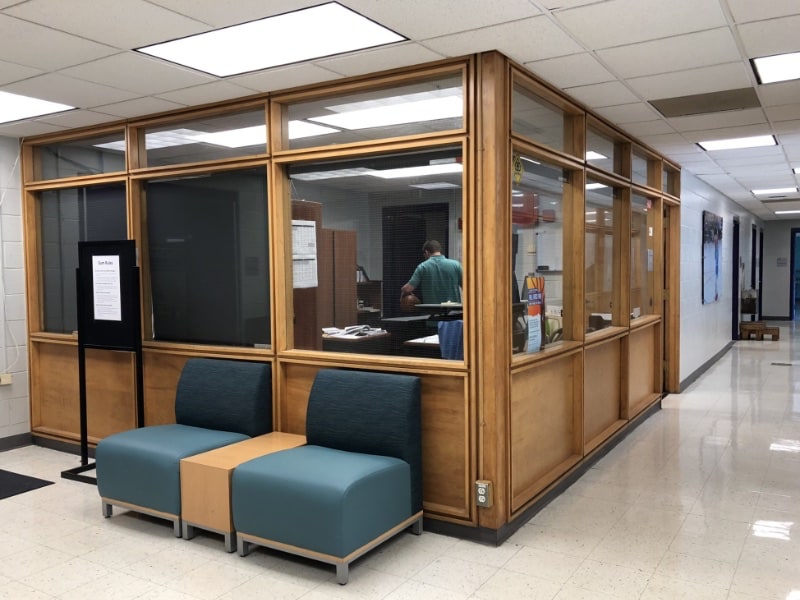Historic Context for the works of Leif Valand
The City of Raleigh hired Hanbury Preservation Consulting to write a historic context for the work of architect Leif Valand. After Valand's retirement, his successor firm had lost or destroyed much of his original plans and documents, thus he had not been considered a good candidate for study. However secondary sources enabled Hanbury Preservation Consulting to assemble an exhaustive project list for Valand, augmented by cross-referencing with documents on file with Special Collections at North Carolina State University and photographic materials from the North Carolina State Archives. Family members and former employees and colleagues who agreed to be interviewed added a human dimension to the understanding of the architect and his work.
Valand and his firm were prolific. In a twenty-seven-year career he produced a massive portfolio of work. He was extremely versatile and could design in a variety of styles and typologies, from churches, to houses, offices, and stores. He was well-regarded by clients and by employees. And colleagues and clients returned to him multiple times for projects. While he may have had strong design preferences, his professional philosophy was to serve his clients. There are some patterns that do recur in his work –the frequent use of stone veneer, a propensity to design low-slung buildings with a horizontal emphasis, the nearly ubiquitous presence of an integrated planter, and the centrality of the hearth in his custom, single-family homes. He was a "rainmaker," the principal in a practice who could translate his personal connections into commissions. Though he worked throughout North Carolina, most of his commissions were in Raleigh and given the sheer number of projects he completed, he was one of the primary shapers of the city in the mid twentieth century.
The historic context involved assembling the most complete inventory of Valand’s designs to date, conducting limited field survey, performing archival research, conducting oral history interviews and analyzing Valand’s career and design portfolio. The resulting document can be used as a basis for comparative analysis and for the contextualization of works being considered for study, designation, and preservation.









